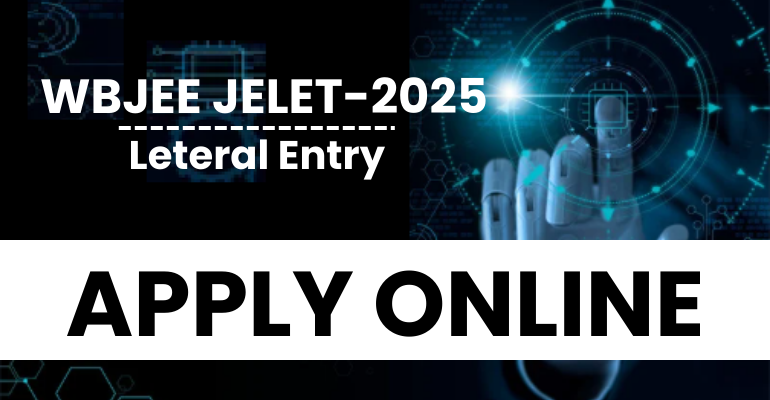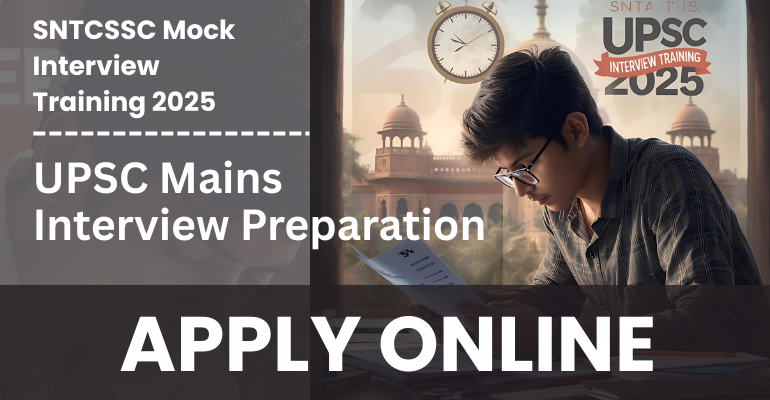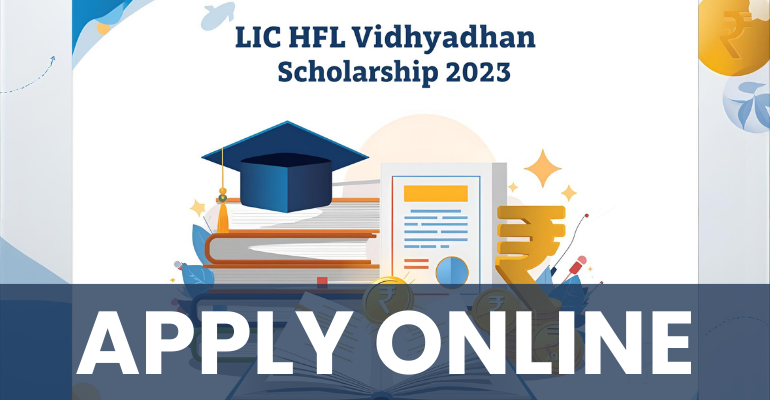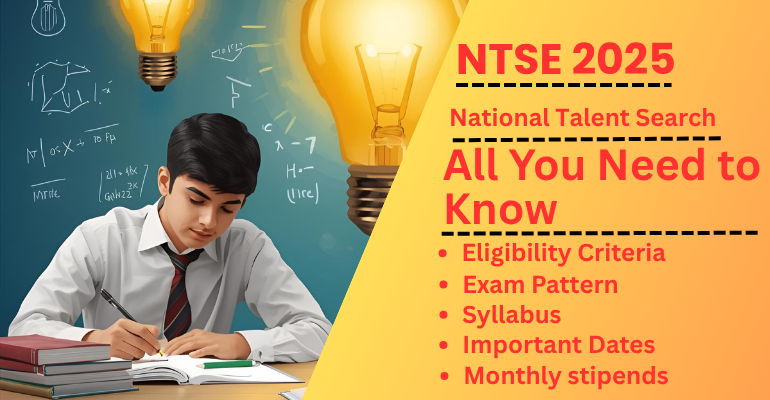The Graduate Aptitude Test in Engineering (GATE) remains the definitive national examination for candidates seeking admission to premier postgraduate programs and recruitment opportunities in prestigious Public Sector Undertakings (PSUs) across India. For those aiming to excel, securing a strong GATE score is a crucial stepping stone.
We at Question Paper Hub (https://questionpaperhub.com/) have compiled a detailed breakdown of the GATE 2026 examination, drawing extensively from the latest Information Brochure, covering everything from key dates and fee structure to the detailed examination pattern and syllabus nuances.
The Apex of Engineering Examinations: GATE 2026 Overview
GATE 2026 is administered jointly by the Indian Institute of Science (IISc) and all 23 Indian Institutes of Technology (IITs) on behalf of the National Coordination Board (NCB), Ministry of Education (MoE), Government of India. For the 2026 cycle, the Organizing Institute (OI) is the Indian Institute of Technology Guwahati (IITG).
The GATE score serves as a reflection of a candidate’s comprehensive understanding of various undergraduate subjects in Engineering, Technology, and Architecture, as well as undergraduate and postgraduate level subjects in Science, Humanities, Commerce, and Arts. A score attained in GATE 2026 will maintain validity for three years from the announcement date of the results.
Critical Dates and Registration Logistics
Prospective candidates must mark their calendars for the crucial deadlines related to registration and the examination itself.
| Activity | Opening Date | Closing Date (Regular Period) | Closing Date (Extended Period with Late Fee) |
| Online Registration (GOAPS) | August 25, 2025 or August 28, 2025 | September 25, 2025 or September 28, 2025 | October 06, 2025 or October 09, 2025 |
Note: The dates provided are liable to change, so constant checks on the official GATE 2026 website (https://gate2026.iitg.ac.in) are advisable.
The GATE 2026 examination will be conducted on February 7, 8, 14, and 15, 2026. The exam is scheduled in two sessions on these dates: Forenoon (9:30 AM to 12:30 PM) and Afternoon (2:30 PM to 5:30 PM).
Key Post-Examination Dates: The results are anticipated to be announced on Thursday, March 19, 2026. Score Cards will be available for free download from March 27, 2026, to May 31, 2026. After this period, downloading the Score Card until December 31, 2026, requires paying a fee of ₹ 500 per test paper.
Application Fees
The entire application process must be submitted ONLINE only through the GATE Online Application Processing System (GOAPS). The application fee structure, which is determined per paper, varies based on the candidate’s gender and category:
| Category | Regular Period Fee (per paper) | Extended Period Fee (per paper) |
| Female/SC/ST/PwD# Candidates | ₹ 1000/- | ₹ 1500/- |
| Other Candidates (including foreign nationals) | ₹ 2000/- | ₹ 2500/- |
For candidates appearing for two test papers, the payable fee is exactly twice the amount specified for a single paper. Fee payment must be electronic (net banking, debit card, credit card, UPI, etc.).
Eligibility and Application Requirements
GATE 2026 has explicitly stated NO age limit to appear for the examination.
Educational Eligibility
A candidate is eligible to appear if they are currently studying in the 3rd or higher years of any undergraduate degree program OR if they have already completed any government-approved degree program across various streams including Engineering, Technology, Architecture, Science, Commerce, Arts, or Humanities.
This includes specific professional degrees such as M.B.B.S., B.D.S., B.V.Sc., or B.Sc. (Agriculture, Horticulture, Forestry) degree holders who are in their 5th, 6th, or 7th semester or have already completed the degree. The full eligibility details are extensively listed in Table 2 of the Information Brochure.
Mandatory Documentation
During the online application, candidates must upload several documents according to specific requirements:
- Photograph and Signature: Good quality images conforming to strict specifications (e.g., passport size color photograph with a white background, face covering 60-70% of the photograph). Signatures must be in black or dark blue ink and match the signature used during the exam.
- Valid Photo ID: Accepted IDs include Aadhaar-UID, Passport, PAN card, Voter ID, or Driving License. The name on the application must exactly match the name on this ID, and the original ID must be presented at the examination center.
- Category Certificates: Scanned copies of SC/ST, UDID/PwD, or Dyslexic Certificates, if applicable, in PDF format are required to avail fee concessions or scribe services.
GATE 2026 Examination Pattern
GATE 2026 will be conducted as a Computer Based Test (CBT) in English.
Composition of the Paper
Each test paper will last 3 hours (PwD candidates are eligible for one hour of compensatory time) and consists of 65 questions, totaling 100 marks.
The paper comprises two sections:
- General Aptitude (GA): Compulsory section carrying 15 marks.
- Candidate’s Selected Subject(s): Carrying 85 marks. In most engineering papers, the subject portion includes 13 marks dedicated to Engineering Mathematics.
Types of Questions
The question papers are entirely objective type and include three formats:
- Multiple Choice Questions (MCQs): Only one correct answer out of four options.
- Multiple Select Questions (MSQs): One or more than one choice(s) out of four options may be correct.
- Numerical Answer Type (NAT): The answer is a signed real number that must be keyed in using a virtual keypad.
Candidates must use only the on-screen virtual calculator provided for calculations.
Marking Scheme and Negative Marking
Questions carry either 1 mark or 2 marks.
| Question Type | Negative Marking | Details |
| MCQ (1-mark) | Yes | 1/3 mark deducted for a wrong answer. |
| MCQ (2-marks) | Yes | 2/3 mark deducted for a wrong answer. |
| MSQ | No | No negative marking; no partial credit for partially correct answers. |
| NAT | No | No negative marking; no partial credit. |
The examination assesses four core abilities: Recall, Comprehension, Application, and Analysis and Synthesis.
GATE 2026 Test Papers and Combinations
GATE 2026 will be conducted for a total of 30 test papers. A significant highlight is the introduction of a new sectional test paper: Energy Science (XE-I) within the Engineering Sciences (XE) paper.
Candidates are allowed to appear for ONE or TWO test papers. If a candidate chooses two papers, the combination must strictly adhere to the list specified in Table 4 of the Information Brochure. For instance, a candidate choosing Aerospace Engineering (AE) as the primary paper is allowed Civil Engineering (CE), Mechanical Engineering (ME), or Engineering Sciences (XE) as the secondary paper.
Deep Dive into Complex Paper Structures (XE, XH, XL, AR, GE, GG)
Certain papers have internal sectional choices that candidates must understand well.
1. Engineering Sciences (XE):
- Total Marks: 100 (GA: 15, Subject: 85)
- Compulsory: General Aptitude (GA) + Section A – Engineering Mathematics (15 marks).
- Optional: Candidates must answer any two optional sections (B through I), which carry 35 marks each. The choice of these two sections can be made during the examination.
- Note: The new Energy Science (XE-I) is one of the optional sections.
2. Humanities and Social Sciences (XH):
- Total Marks: 100 (GA: 15, Subject: 85)
- Compulsory: General Aptitude (GA) + Section B1 – Reasoning and Comprehension (25 marks).
- Optional: Candidates must select any one optional section (C1 to C6), carrying 60 marks, at the time of filling the online application form. Sections include Economics (C1), English (C2), Linguistics (C3), Philosophy (C4), Psychology (C5), and Sociology (C6).
3. Life Sciences (XL):
- Total Marks: 100 (GA: 15, Subject: 85)
- Compulsory: General Aptitude (GA) + Section P – Chemistry (25 marks).
- Optional: Candidates must select any two optional sections (Q through U), which carry 30 marks each. The choice can be made during the examination.
4. Architecture and Planning (AR):
- Total Marks: 100 (GA: 15, Part A: 60, Part B: 25)
- Part A is compulsory. Part B includes two options: Part B1 (Architecture) or Part B2 (Planning). The choice of B1 or B2 can be made during the examination.
5. Geomatics Engineering (GE):
- Total Marks: 100 (GA: 15, Part A: 55, Part B: 30)
- Part A (Engineering Mathematics and Basic Geomatics) is compulsory. Part B includes two options: Part B1 (Surveying and Mapping) or Part B2 (Image Processing and Analysis). The choice of B1 or B2 can be made during the examination.
6. Geology and Geophysics (GG):
- Total Marks: 100 (GA: 15, Part A: 25, Part B: 60)
- Part A is compulsory. Part B includes Part B1 (Geology) or Part B2 (Geophysics). The choice of B1 or B2 must be made at the time of filling the online application form and cannot be changed in the examination hall.
Syllabus Insight: Preparation Focus
The syllabus content for all 30 papers is highly detailed, ensuring that candidates are tested comprehensively. For those aiming to qualify, a deep understanding of core topics is essential.
For example, the syllabus for Aerospace Engineering (AE) is split into Core Topics (approx. 90% weightage) and Special Topics (approx. 10% weightage) for sections like Flight Mechanics, Aerodynamics, and Structures. In Flight Mechanics Core Topics, candidates must master Airplane performance details like drag polar, steady climb/descent, and V-n diagrams.
Similarly, the Chemistry (CY) syllabus is divided into Physical Chemistry, Inorganic Chemistry, and Organic Chemistry, covering advanced concepts like Russell-Saunders coupling and Orgel/Tanabe-Sugano diagrams in Transition Elements, and complex synthesis reactions such as Heck, Suzuki, Stille, and olefin metathesis in Organic Synthesis.
For Data Science and Artificial Intelligence (DA), key areas include Linear Algebra (eigenvalues, singular value decomposition), Programming and Data Structures (Python, basic algorithms), Machine Learning (supervised and unsupervised learning, e.g., k-means, PCA, ridge regression), and AI (informed/uninformed search, propositional logic).
Candidates should download the complete syllabus (Appendix D) from the official GATE 2026 website and utilize previous years’ GATE question papers (2007 to 2025) which are also available for download.
Opportunities Following GATE Qualification
Qualification in GATE opens up two major avenues: higher studies with financial assistance and employment.
1. Scholarship/Assistantship for Postgraduate Programs
Qualifying candidates can seek admission to Master’s programs and Direct Doctoral programs in Engineering/Technology/Architecture, or Doctoral programs in relevant branches of Science, Humanities, and Arts, specifically in institutions supported by the MoE and other Government agencies.
MoE Guidelines: To avail financial assistance, candidates must secure admission first. The Ministry of Education guidelines stipulate a minimum of 70% weightage be given to the performance in GATE, with the remainder allocated to the candidate’s performance in a test/interview and/or academic record. It is crucial to note that simply qualifying for GATE does not guarantee admission, scholarship, or a job; these depend entirely on the criteria of the admitting institute or recruiting employer.
2. Use of GATE Score for Employment (PSUs)
Historically, numerous Public Sector Undertakings (PSUs) have utilized GATE scores as a criterion in their recruitment processes. A wide range of PSUs have used GATE scores, including Airports Authority of India (AAI), Bharat Heavy Electricals Limited (BHEL), Coal India Limited (CIL), GAIL (India) Limited, Indian Oil Corporation Limited (IOCL), National Thermal Power Corporation (NTPC), Oil and Natural Gas Corporation (ONGC), and Power Grid Corporation of India Limited (POWERGRID).
Furthermore, the GATE score is used for direct recruitment to Group-A level posts in the central government, such as Senior Field Officer (Tele) and Senior Research Officer (Crypto) in the Cabinet Secretariat.
Conclusion
The GATE 2026 examination, organized by IIT Guwahati, is an intensive Computer Based Test featuring 30 papers and a highly rigorous marking system, including negative marking for MCQs. With online registration opening in late August 2025, candidates must adhere strictly to application deadlines, fee payment requirements, and document specifications. Comprehensive preparation focusing on the detailed syllabus and understanding the specific structure of complex papers like XE, XH, and XL is essential for maximizing performance and utilizing the resulting three-year valid score for career and academic advancement. We strongly recommend all aspirants regularly visit the official GATE 2026 website for real-time updates.
The following meta description and list of tags are generated based on the content of the GATE 2026 Information Brochure excerpts provided, designed to summarize and categorize the key concepts discussed in the blog post.
Frequently Asked Questions (FAQ) about GATE 2026
Here are the answers to some of the most frequently asked questions regarding the GATE 2026 examination, based on the official Information Brochure excerpts:
Q1: Who is the Organizing Institute for GATE 2026, and when is the examination scheduled?
The Indian Institute of Technology Guwahati (IITG) is the Organizing Institute (OI) for GATE 2026. The examination will be conducted on February 7, 8, 14, and 15, 2026. The results are anticipated to be announced on Thursday, March 19, 2026.
Q2: What is the eligibility criteria regarding educational qualification and age limit for GATE 2026?
There is NO age limit to appear for GATE 2026. A candidate is eligible if they are currently studying in the 3rd or higher years of any undergraduate degree program OR if they have already completed any government-approved degree program in Engineering, Technology, Architecture, Science, Commerce, Arts, or Humanities. This eligibility extends to candidates currently in the 5th, 6th, or 7th semester or higher, or those who have completed professional medical degrees such as M.B.B.S. or B.D.S..
Q3: How many test papers can a candidate appear for in GATE 2026, and what is the mode of examination?
GATE 2026 will be conducted as a Computer Based Test (CBT). There are a total of 30 test papers offered. A candidate is allowed to appear for ONE or TWO test papers. If selecting two papers, the combination must adhere to the permitted list specified by the GATE Committee.
Q4: What are the application fees for GATE 2026?
The application fee is per paper and varies based on category and timing:
Category
Regular Period Fee (per paper)
Extended Period Fee (per paper)
Female/SC/ST/PwD* Candidates
₹ 1000/-
₹ 1500/-
Other candidates (including foreign nationals)
₹ 2000/-
₹ 2500/-
If a candidate appears for two papers, the total fee payable is twice that of a single paper.
Q5: What types of questions will be included in the GATE 2026 examination?
The examination features entirely objective questions:
Multiple Choice Questions (MCQs): Only one correct answer out of four options.
Multiple Select Questions (MSQs): One or more than one choices out of four options may be correct.
Numerical Answer Type (NAT): The answer is a signed real number that must be entered using the on-screen virtual numeric keypad.
Q6: Is there negative marking for wrong answers in GATE 2026?
Yes, negative marking is applied only to Multiple Choice Questions (MCQs). For a wrong answer to a 1-mark MCQ, 1/3 mark will be deducted, and for a 2-mark MCQ, 2/3 mark will be deducted. There is NO negative marking for wrong answers to MSQ or NAT questions.
Q7: How long is the GATE 2026 score valid for?
The GATE 2026 score will remain valid for THREE years from the date the results are announced. Scorecards will not be issued after December 31, 2026, for the 2026 qualified candidates.
Q8: What is the internal structure of marks and questions for most papers?
The examination duration is 3 hours (4 hours for eligible PwD candidates). All test papers contain 65 questions for a total of 100 marks. The distribution of marks includes:
General Aptitude (GA): 15 marks (10 questions).
Subject Questions: 85 marks. In most engineering papers (excluding AR, CY, DA, EY, GE, GG, MA, PH, ST, XH, and XL), the subject portion includes 13 marks dedicated to Engineering Mathematics.
Q9: When and how will candidates receive their Admit Cards?
Admit Cards will be available for download from the application portal in January 2026. The Admit Cards will NOT be sent by post or email. Candidates must bring a printed copy of the Admit Card (preferably printed on A4 paper using a laser printer) along with the original valid photo ID used during registration to the exam center.
Q10: Does qualifying in GATE guarantee admission to a postgraduate program or a job in a PSU?
No. Qualifying in the GATE examination does NOT guarantee admission, scholarship, or a job. While PSUs utilize the GATE score for recruitment, and MoE guidelines prescribe a minimum of 70% weightage to the GATE score for admission to postgraduate programs with financial assistance, the final decisions are entirely dependent on the admission criteria of the specific institute or the recruitment procedure of the employer.










